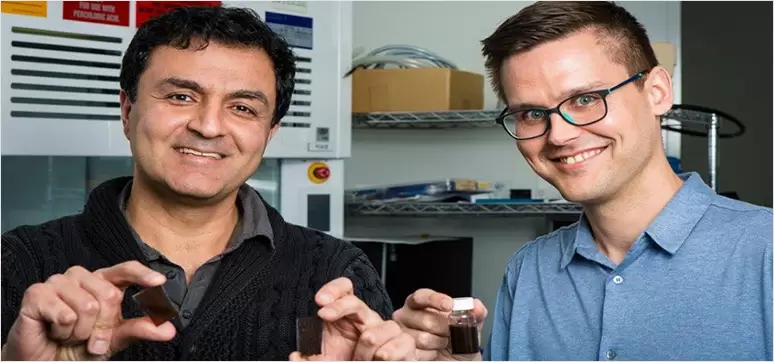RMIT University in Melbourne has been able to create an energy efficient paint. This material, synthetic molybdenum-sulphide, uses the moisture present in the air while also acting as a semiconductor and water-splitting catalyst, meaning that it takes water molecules and separates them into oxygen and hydrogen, a clean fuel source. “The simple addition of the new material can convert a brick wall into energy harvesting and fuel production real estate,” the lead researcher for the experiment, Dr. Torben Daeneke said. The compound has an increased efficiency due to its mix with titanium oxide, a white pigment often found in house paint, making it easily applicable to a wide range of buildings. “This system can also be used in very dry but hot climates near oceans. The sea water is evaporated by the hot sunlight and the vapour can then be absorbed to produce fuel.”
Post your Requirement
The technology is yet to hit the market.























Post A Comment